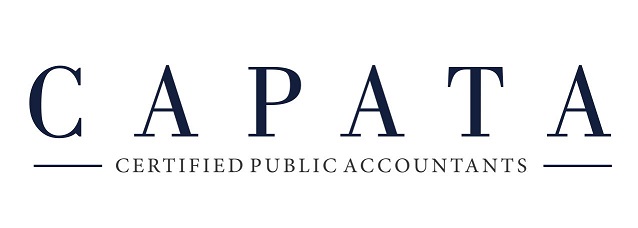The federal income tax filing deadline is slightly later than
usual this year — April 17 — but it’s now nearly upon us. So, if you haven’t
filed your individual return yet, you may be thinking about an extension. Or
you may just be concerned about meeting the deadline in the eyes of the IRS.
Whatever you do, don’t get tripped up by one of these potential pitfalls.
Filing for an extension
Filing for an extension allows you to delay filing your return
until the applicable extension deadline, which for 2017 individual tax returns
is October 15, 2018.
While filing for an extension can provide relief from April 17
deadline stress and avoid failure-to-file penalties, there are some possible
pitfalls:
- If you expect to owe tax, to avoid potential interest
and penalties you still must (with a few exceptions) pay any tax due by
April 17.
- If you expect a refund, remember that you’re simply
extending the amount of time your money is in the government’s pockets
rather than your own. (If you’re owed a refund and file late, you won’t be
charged a failure-to-file penalty. However, filing for an extension may
still be a good idea.)
Meeting the April 17 deadline
The IRS considers a paper return that’s due April 17 to be
timely filed if it’s postmarked by midnight. Sounds straightforward, but here’s
a potential pitfall: Let’s say you mail your return with a payment on April 17,
but the envelope gets lost. You don’t figure this out until a couple of months
later when you notice that the check still hasn’t cleared. You then refile and
send a new check. Despite your efforts to timely file and pay, you can still be
hit with both failure-to-file and failure-to-pay penalties.
To avoid this risk, use certified or registered mail or one of
the private delivery services designated by the IRS to comply with the timely
filing rule, such as:
- DHL Express 9:00, Express 10:30, Express 12:00 or
Express Envelope,
- FedEx First Overnight, Priority Overnight, Standard
Overnight or 2Day, or
- UPS Next Day Air Early A.M., Next Day Air, Next Day Air
Saver, 2nd Day Air A.M. or 2nd Day Air.
Beware: If you use an unauthorized delivery service, your return
isn’t “filed” until the IRS receives it. See IRS.gov for a complete list of authorized
services.
Avoiding interest and penalties
Despite the potential pitfalls, filing for an extension can be
tax-smart if you’re missing critical documents or you face unexpected life
events that prevent you from devoting sufficient time to your return right now.
We can help you estimate whether you owe tax and how much you should pay by
April 17. Please contact us if you need help or have questions about avoiding
interest and penalties.






